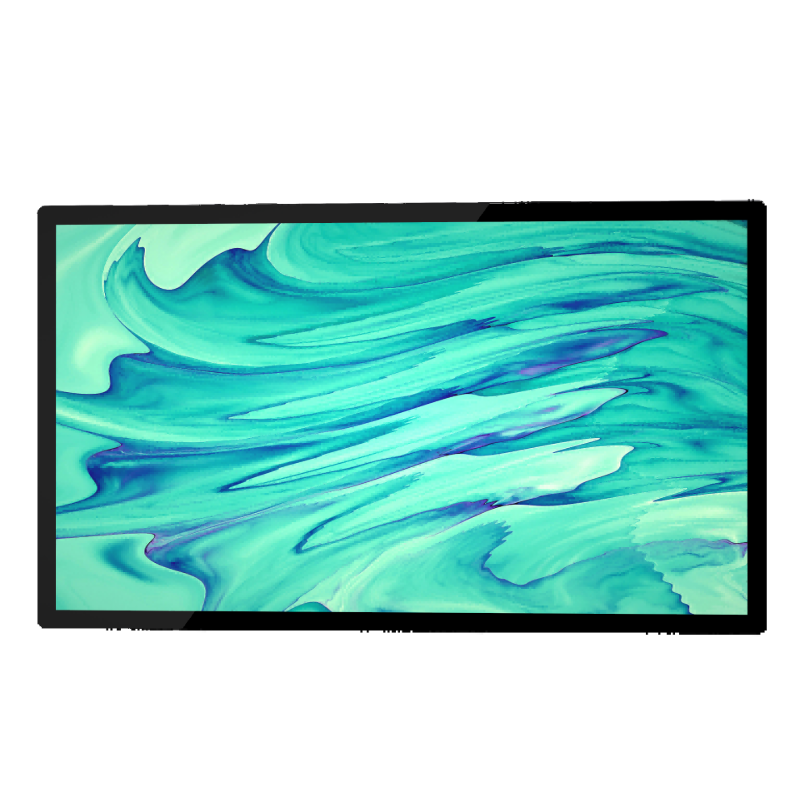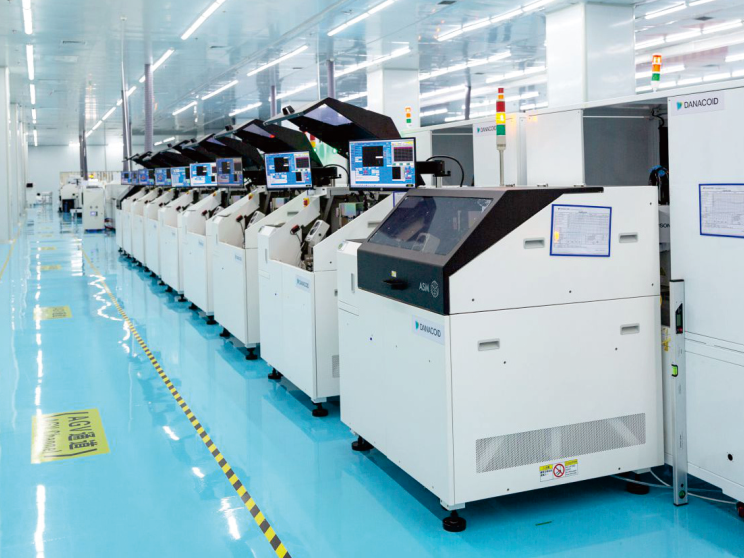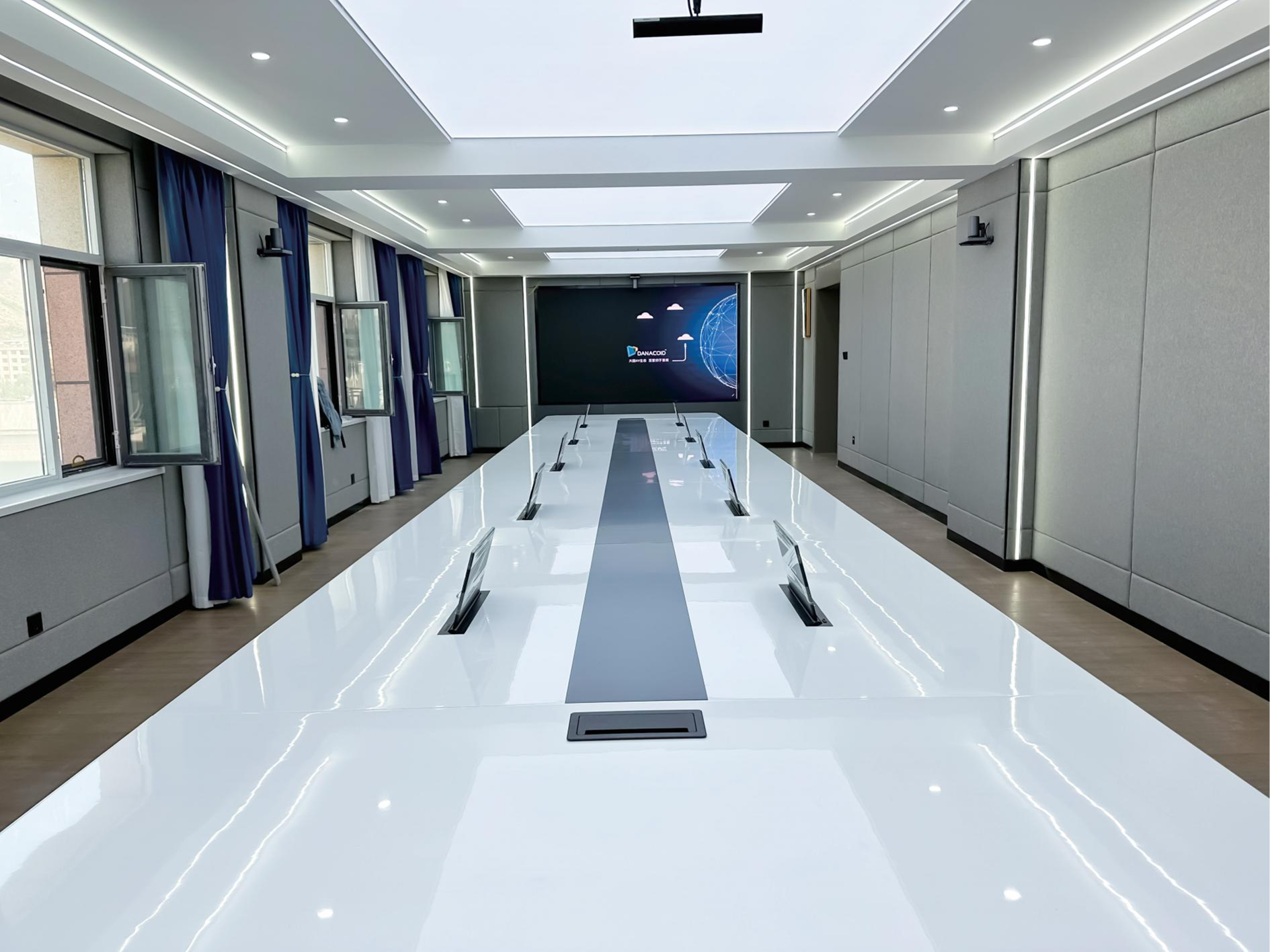RGB LED screens have revolutionized the way artists and entertainment professionals approach visual storytelling. These vibrant displays offer unprecedented creative possibilities, combining cutting-edge technology with artistic vision to create immersive experiences that captivate audiences worldwide. From interactive art installations to large-scale concert productions, RGB LED screens serve as dynamic canvases that push the boundaries of traditional visual media. The versatility of these displays allows creators to manipulate color, brightness, and resolution in real-time, opening doors to innovative applications that were previously impossible with conventional display technologies.

Interactive Art Installations
Responsive Digital Art Pieces
Modern museums and galleries increasingly incorporate RGB LED screens into interactive art installations that respond to viewer presence and movement. These installations utilize motion sensors, cameras, and other input devices to create dynamic visual experiences that change based on audience interaction. Artists can program these displays to react to touch, sound, or even biometric data, creating personalized art experiences for each visitor. The high refresh rates and color accuracy of RGB LED screens make them ideal for displaying complex generative art algorithms that create unique patterns and visuals in real-time.
The seamless integration of RGB LED screens into architectural spaces allows artists to transform entire environments into living artworks. These installations can cover walls, floors, and even ceilings, creating immersive environments that envelop viewers in digital landscapes. The flexibility of LED technology enables artists to create curved and unconventional display shapes that conform to unique architectural features, breaking free from the rectangular constraints of traditional screens.
Community Engagement Projects
Public art projects utilizing RGB LED screens foster community engagement by allowing multiple participants to contribute to collaborative artworks. These installations often feature user-generated content systems where community members can submit images, messages, or drawings that are then displayed on large-scale LED screens in public spaces. The ability to update content remotely makes these installations particularly valuable for ongoing community dialogue and cultural expression.
Urban planners and artists collaborate to integrate RGB LED screens into public infrastructure, creating digital murals that can adapt to seasonal changes, local events, or community celebrations. These dynamic public artworks help revitalize neighborhoods while providing platforms for local artists to showcase their work to broader audiences. The weather-resistant properties of modern LED technology ensure these installations remain vibrant and functional in various environmental conditions.
Concert and Live Performance Enhancement
Stage Design Revolution
Concert productions have embraced RGB LED screens as essential elements of stage design, creating visually stunning backdrops that synchronize with musical performances. These screens enable lighting designers and visual artists to craft immersive environments that enhance the emotional impact of live music. The ability to display high-resolution video content, abstract patterns, or real-time visualizations allows performers to tell visual stories that complement their musical narratives.
The modular nature of LED screen systems allows production teams to create custom configurations for different venues and artistic visions. From wraparound displays that surround audiences to vertical installations that create towering visual walls, RGB LED screens provide unprecedented flexibility in stage design. Advanced control systems enable real-time manipulation of content, allowing visual artists to respond spontaneously to musical performances and create truly unique experiences for each show.
Audience Participation Integration
Modern concert experiences incorporate RGB LED screens that display audience-generated content, creating interactive connections between performers and fans. Through mobile applications and social media integration, audiences can submit photos, messages, or color preferences that influence the visual displays throughout the performance. This technology transforms passive viewers into active participants in the artistic experience.
The integration of augmented reality features with RGB LED screens creates multi-layered visual experiences that extend beyond the physical stage boundaries. Audience members can use their devices to access additional visual content that complements the main display, creating personalized viewing experiences while maintaining the collective energy of live performance.
Theatrical Productions and Storytelling
Dynamic Set Design
Theater productions leverage RGB LED screens to create dynamic set pieces that can transform instantly between scenes, eliminating the need for complex mechanical set changes. These digital backdrops can display anything from realistic landscapes to abstract representations of emotional states, providing directors with unlimited creative possibilities. The precise color control and high contrast ratios of LED technology ensure that visual elements remain clearly visible under various stage lighting conditions.
The integration of RGB LED screens with traditional theatrical elements creates hybrid productions that blend physical and digital storytelling techniques. Actors can interact directly with digital environments displayed on LED screens, creating seamless connections between live performance and digital content. This technology enables smaller theater companies to achieve production values previously available only to large-budget productions.
Immersive Narrative Experiences
Experimental theater productions utilize RGB LED screens to create 360-degree immersive environments that place audiences within the story itself. These installations break down traditional barriers between performers and spectators, creating shared narrative spaces where the boundaries between reality and fiction blur. The ability to control every pixel independently allows for subtle environmental cues that guide audience attention and emotional responses.
Educational theater programs incorporate RGB LED screens to create interactive learning experiences that engage students in historical events, scientific concepts, or literary works. These applications demonstrate how entertainment technology can serve pedagogical purposes, making complex subjects more accessible and memorable through visual storytelling techniques.
Digital Art Galleries and Exhibitions
Curated Digital Collections
Contemporary art galleries utilize RGB LED screens to display digital art collections that can be updated and rotated without physical installation requirements. This technology enables galleries to showcase works by digital artists, display animated pieces, and present time-based media that would be impossible to exhibit through traditional means. The color accuracy and brightness uniformity of professional LED displays ensure that digital artworks are presented with the same fidelity intended by their creators.
Virtual gallery experiences powered by RGB LED screens allow institutions to host remote exhibitions that can be accessed by global audiences. These digital spaces recreate the ambiance of physical galleries while offering interactive features that enhance the viewing experience. Visitors can access detailed information about artworks, view pieces from multiple angles, and even witness the creative process through time-lapse documentation.
Preservation and Documentation
Museums employ RGB LED screens to preserve and display fragile artworks that cannot be safely exhibited under traditional lighting conditions. High-resolution digital reproductions displayed on LED screens allow visitors to examine details of precious manuscripts, paintings, and artifacts that would otherwise remain in storage. This technology democratizes access to cultural treasures while protecting original works from environmental damage.
The archival capabilities of digital display systems enable museums to document and preserve performance art, temporary installations, and other ephemeral artworks for future study and appreciation. RGB LED screens can recreate the original presentation context of historical exhibitions, allowing researchers and visitors to experience art as it was originally intended to be seen.
Corporate Events and Brand Experiences
Brand Activation Campaigns
Corporate event planners integrate RGB LED screens into brand activation campaigns that create memorable experiences for customers and stakeholders. These installations can display branded content, interactive games, and real-time social media feeds that encourage audience participation and engagement. The visual impact of large-scale LED displays helps brands stand out in crowded exhibition environments and trade shows.
The flexibility of RGB LED screens enables brands to create customized experiences for different audience segments within the same event space. Content can be tailored to specific demographics, time periods, or interaction patterns, maximizing the relevance and impact of brand messaging. Advanced analytics integration allows marketers to measure engagement levels and adjust content strategies in real-time.
Product Launch Presentations
Product launch events utilize RGB LED screens to create dramatic reveal moments that generate excitement and media attention. These displays can showcase product features through high-resolution imagery, demonstrate functionality through video content, and create emotional connections through carefully crafted visual narratives. The seamless integration with lighting and sound systems creates cohesive sensory experiences that reinforce brand messages.
Live streaming integration with RGB LED screens enables companies to broadcast product launches to global audiences while maintaining the visual impact of the live event. Remote participants can feel connected to the excitement of the launch through high-quality visual presentations that translate effectively across digital platforms.
FAQ
What are the main advantages of using RGB LED screens in artistic applications?
RGB LED screens offer superior color reproduction, high brightness levels, and excellent visibility in various lighting conditions, making them ideal for artistic applications. They provide real-time content control, seamless modularity for custom configurations, and the ability to display both static and dynamic content. The technology also offers longevity and reliability for permanent installations while maintaining consistent performance over extended periods.
How do RGB LED screens integrate with interactive technologies in entertainment venues?
RGB LED screens can be integrated with motion sensors, touch interfaces, camera systems, and mobile applications to create responsive entertainment experiences. They work with audio processing systems to create music-reactive visuals, connect with augmented reality platforms for enhanced experiences, and interface with control systems that allow real-time content manipulation based on audience input or environmental factors.
What factors should be considered when selecting RGB LED screens for creative projects?
Key considerations include pixel pitch for appropriate viewing distances, brightness levels for ambient lighting conditions, color gamut for accurate reproduction, and refresh rates for smooth motion display. Additional factors include weather resistance for outdoor installations, modular sizing for custom configurations, control system compatibility, and long-term reliability for permanent installations in high-traffic environments.
How do RGB LED screens contribute to sustainable entertainment production?
Modern RGB LED screens consume significantly less energy than traditional lighting and projection systems while providing superior visual output. They eliminate the need for physical set construction and transportation in many applications, reducing material waste and logistics costs. The reusability of digital content across multiple productions and the longevity of LED technology contribute to more sustainable entertainment production practices overall.
Table of Contents
- Interactive Art Installations
- Concert and Live Performance Enhancement
- Theatrical Productions and Storytelling
- Digital Art Galleries and Exhibitions
- Corporate Events and Brand Experiences
-
FAQ
- What are the main advantages of using RGB LED screens in artistic applications?
- How do RGB LED screens integrate with interactive technologies in entertainment venues?
- What factors should be considered when selecting RGB LED screens for creative projects?
- How do RGB LED screens contribute to sustainable entertainment production?









